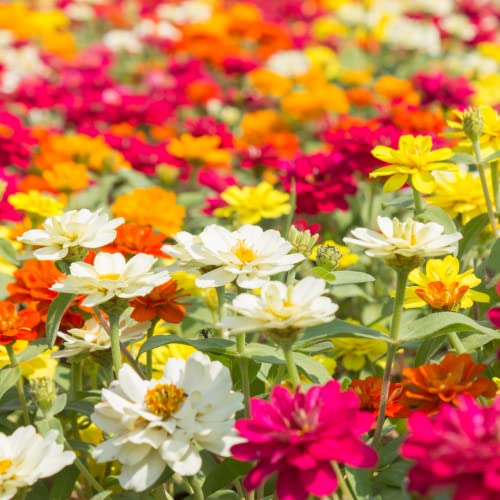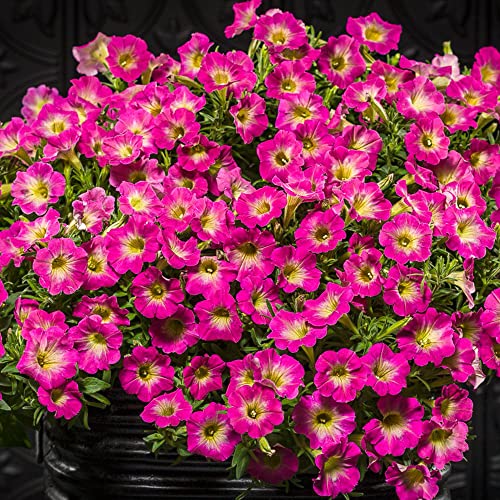7 self-cleaning annuals that don’t need deadheading for a low-maintenance, long-lasting display of gorgeous blooms
Our picks can provide low-effort, stunning blooms in beds, containers, or hanging baskets
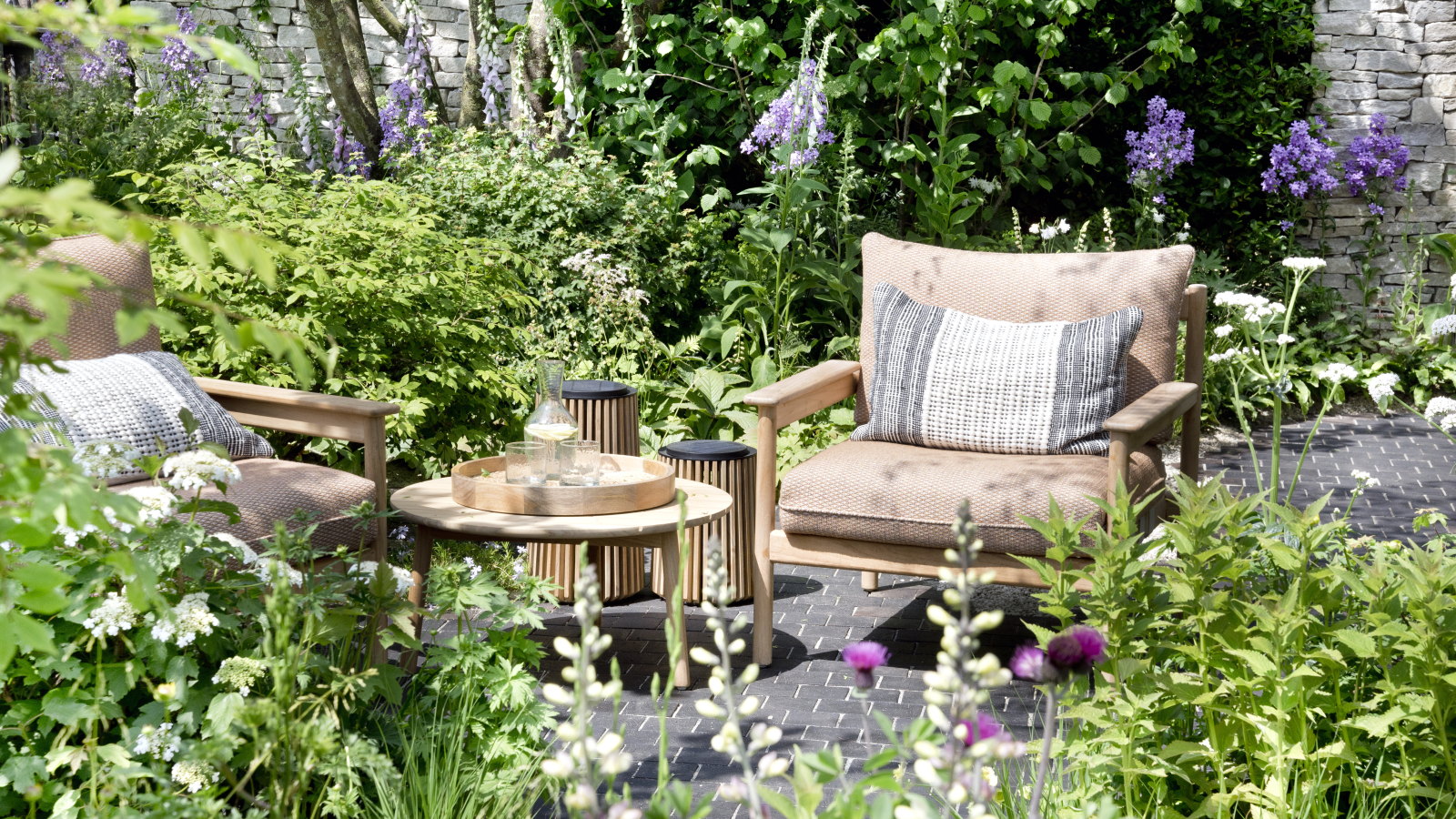

Deadheading is a summer staple that keeps your garden full of flowers, but it is not always necessary. Some annual plants are self-cleaning and naturally drop their faded flowers, making them ideal for busy gardeners who don’t want to spend hours deadheading.
Planting these low-maintenance annuals means a fantastic, long-lasting display of blooms without the need to deadhead diligently. If you are short on time or prefer plants that require less upkeep, these annual flowers can give you the show without the extra work.
If you like the sound of a low-maintenance display of blooms in the ground, containers, or hanging baskets, here are some of the best annuals that don’t need deadheading.
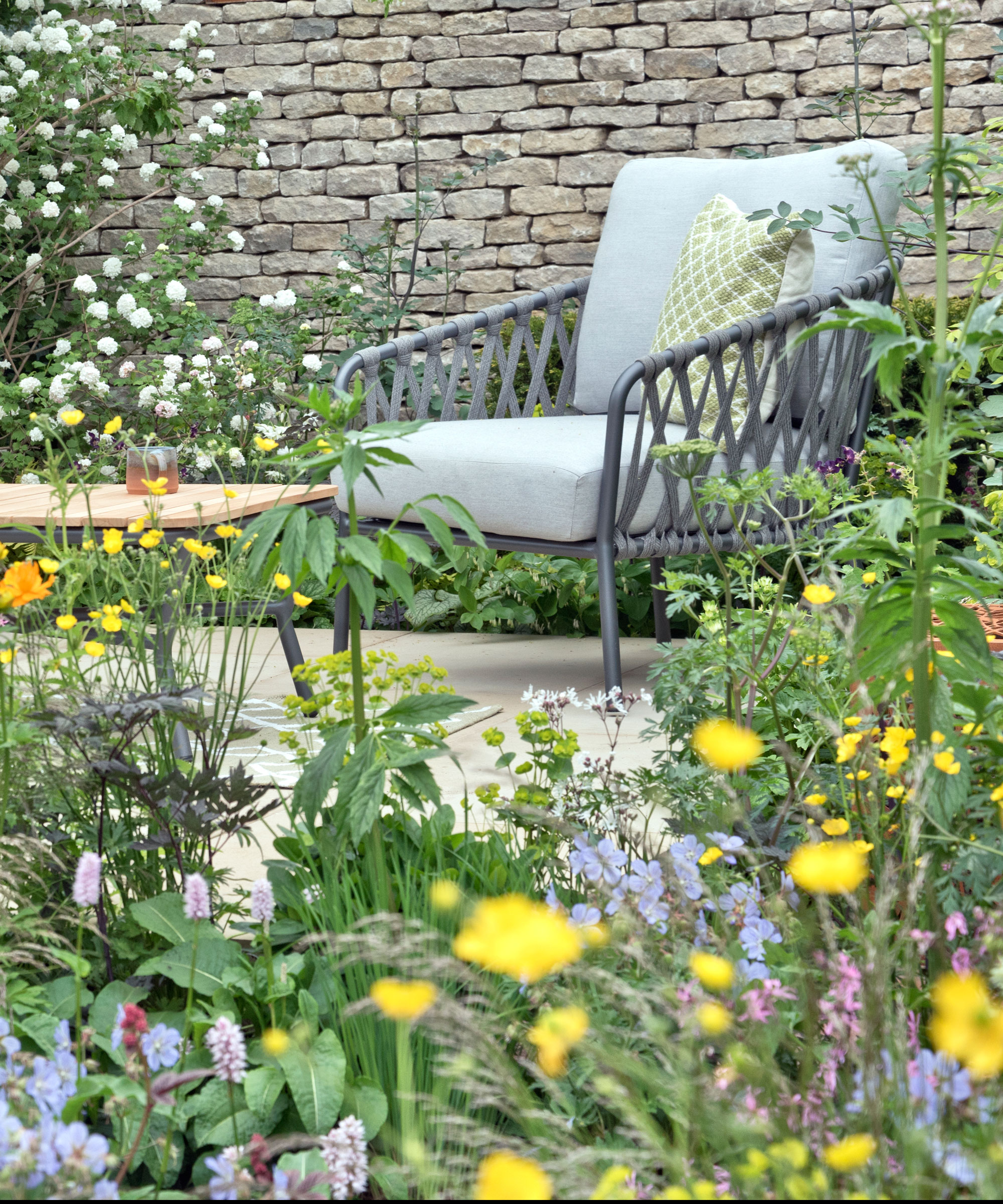
What are self-cleaning annuals?
Deadheading involves removing spent flowers and seed heads to promote the development of new blooms. It is also a process to stop prolific self-seeding flowers from spreading.
However, no deadheading is required with self-cleaning plants. They naturally drop their spent blooms and continue to flower. There are annual and perennial plants that are self-cleaning, making them ideal for low-maintenance backyard ideas.
7 annuals that don’t need deadheading
1. Angelonia
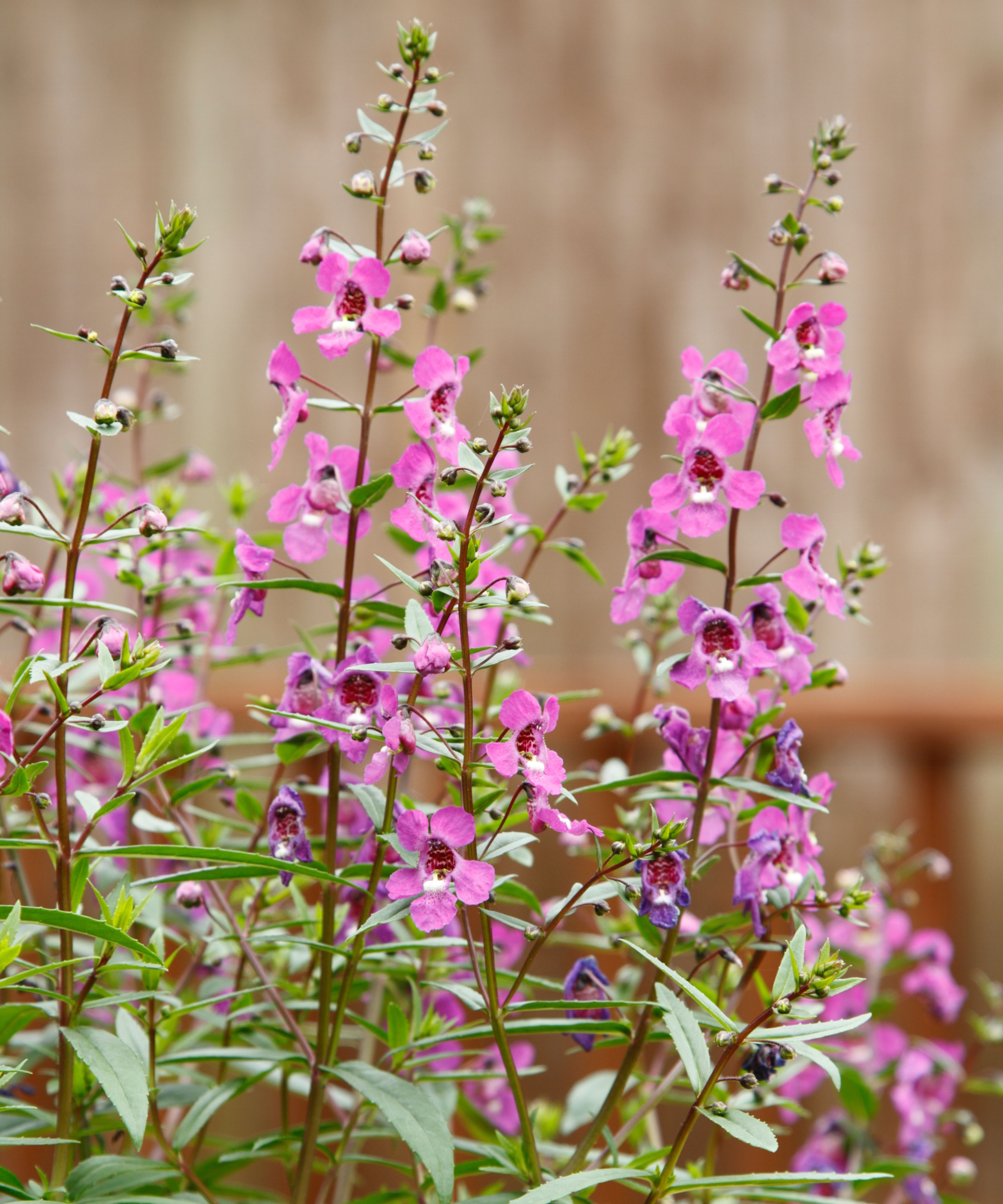
Angelonia, also called summer snapdragon, is an annual plant in cooler climates of US hardiness zones 9 and below. It resembles a snapdragon but blooms for much longer, as angelonia can flower from late spring until fall, as it thrives in hot, humid conditions.
These low-maintenance plants are self-cleaning and can continue to flower without any intervention. Removing old spikes can tidy up the plants, but it is not essential. Angelonia is ideal for a simple, long-lasting annual with flowers that attract bees, butterflies, and hummingbirds.
Design expertise in your inbox – from inspiring decorating ideas and beautiful celebrity homes to practical gardening advice and shopping round-ups.
2. Begonia
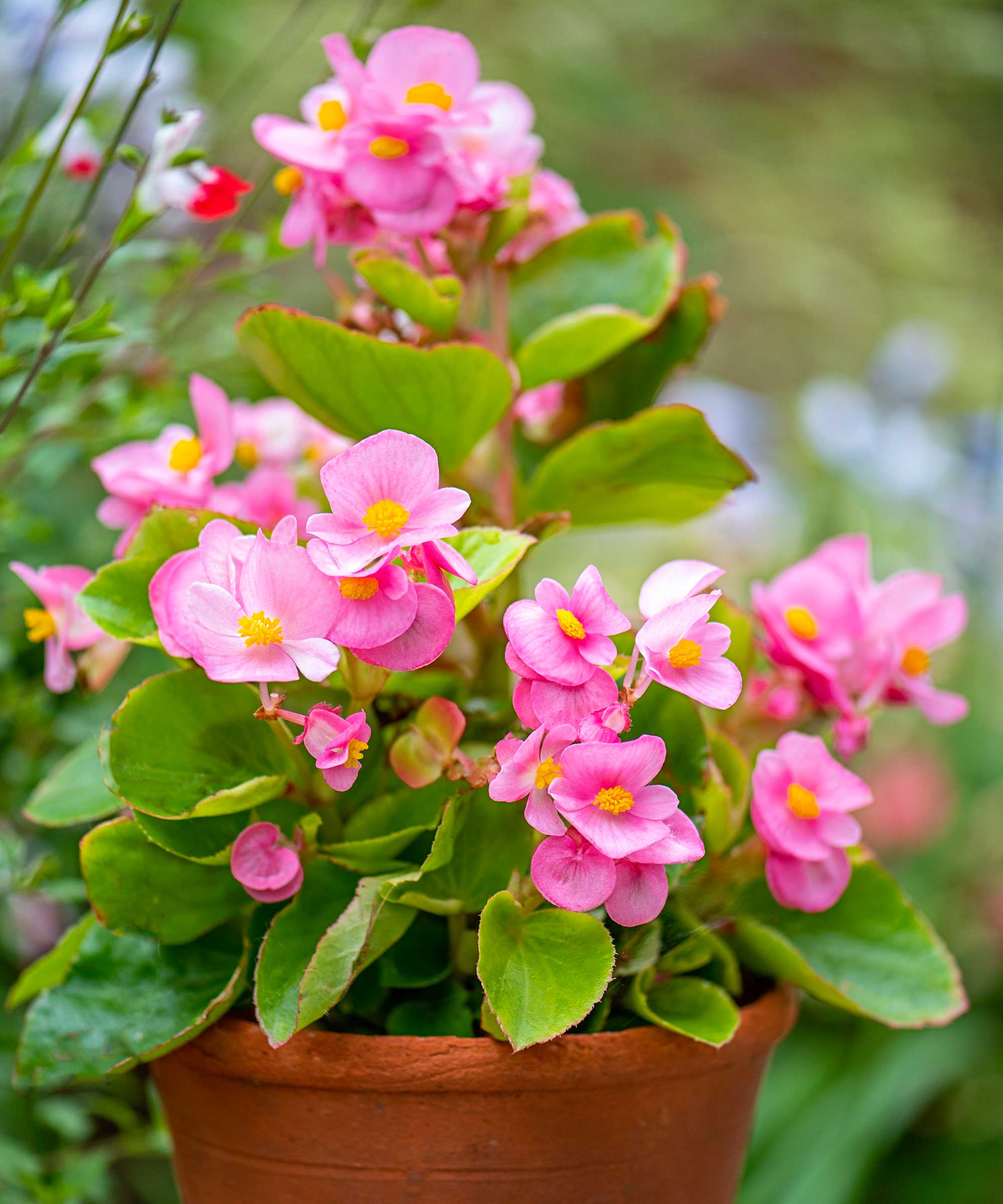
There are begonia varieties in many shapes, sizes, and colors to bring summer sparkle to borders, pots, or hanging baskets. They are treated as annual plants in cooler climates for tropical-like displays of bright flowers and foliage.
Many people grow begonias every year because they are simple to maintain. That includes not needing deadheading. The plants will drop their old blooms once they go past their best, so no regular deadheading is required to keep begonias blooming, however you can of course deadhead begonias to keep them looking their best and promote more flowering.
If you want to grow begonias in pots, wax begonias and tuberous begonias are ideal for summer containers.
See the range of begonia plants available at Amazon
See the range of begonia plants available at Walmart
See the range of begonia plants available at Burpee
3. Bidens
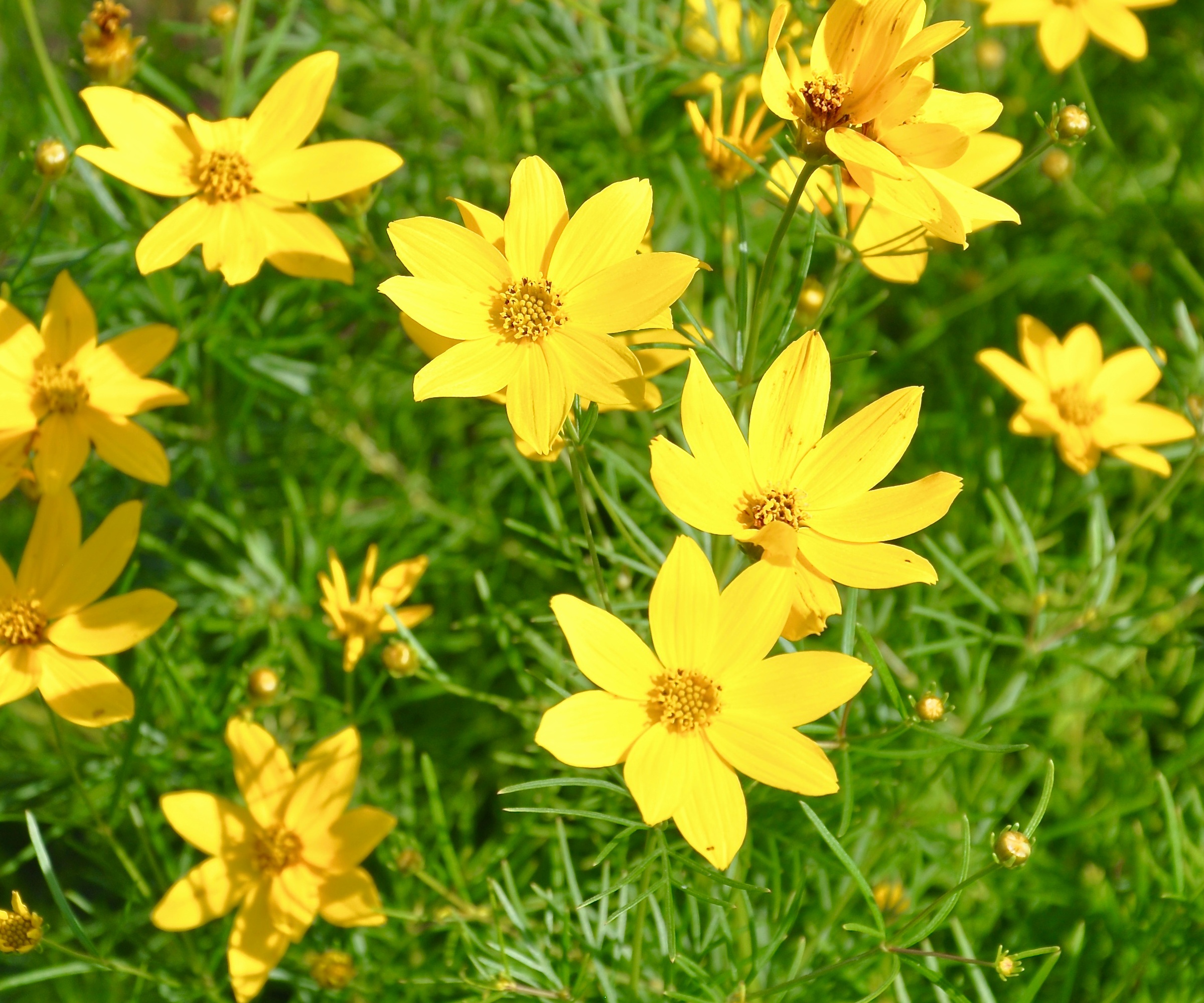
Bidens is in the Aster family and is native to Mexico and the southwest US. It can grow as a perennial in US hardiness zones 8-11, but is commonly treated as an annual in cooler climates.
Bidens produce an abundance of bright, daisy-like flowers, often in vivid shades of yellow or orange, which are loved by butterflies and bees. Ideal for beds, containers, or hanging baskets, Bidens can flower from May through to October.
Keep them moist and well-fed, especially in containers, but don’t worry too much about deadheading as they are self-cleaning. A light trim may be required to keep plants neat, especially if they get leggy.
These Bidens 'Gold Nuggets' seeds at Burpee can be sown for glorious, golden blooms that can flower from late spring right to fall.
4. Impatiens
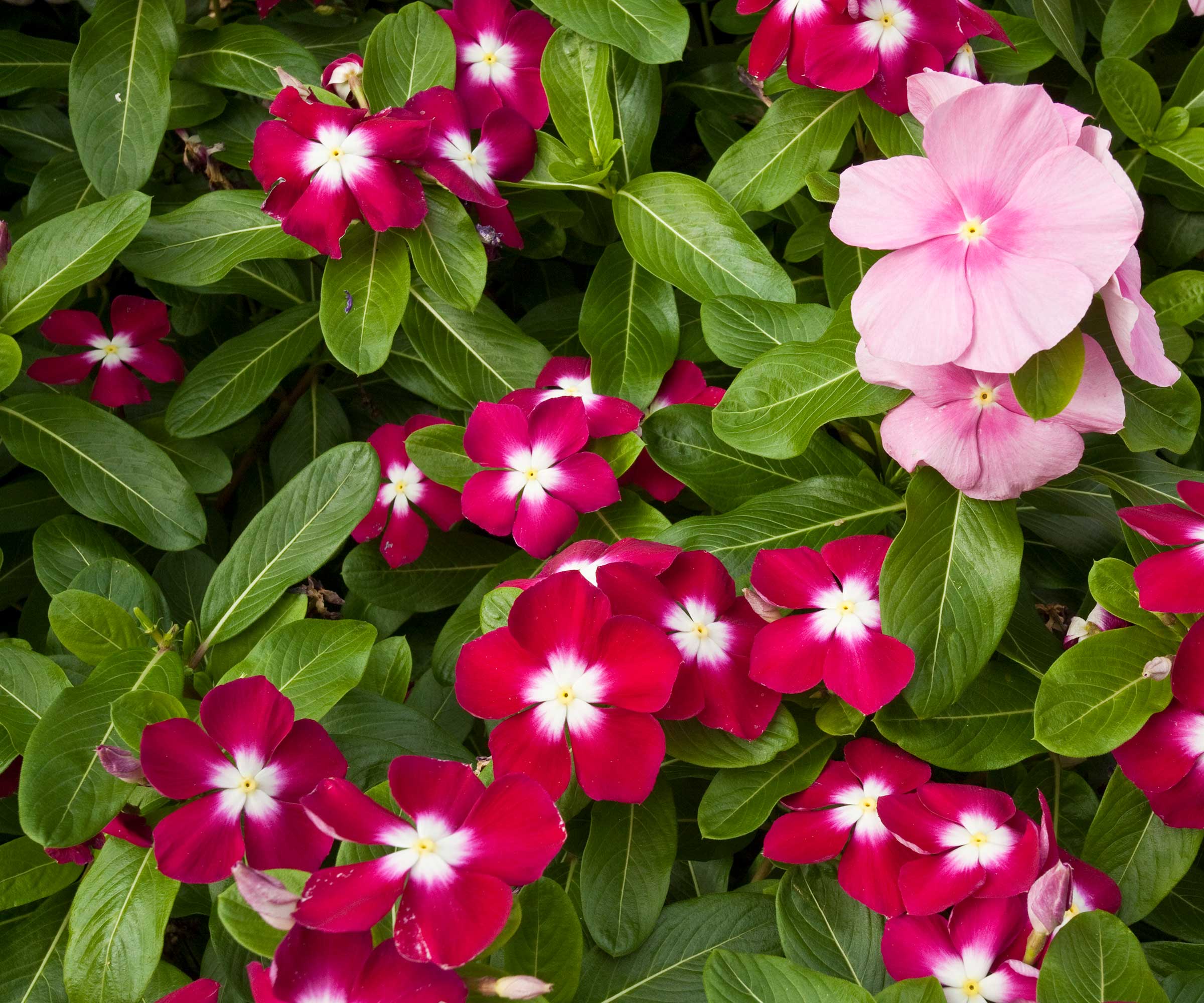
Impatiens, also known as 'Busy Lizzie' plants among gardeners, are simple, versatile annuals you can grow for long displays of bright blooms. You can grow impatiens in beds, raised beds, pots, or hanging baskets, whether in a sprawling garden or on a deck, patio, or balcony.
They are known as prolific bloomers, and another big plus for impatiens is that they don’t require lots of deadheading, as they are self-cleaning. Impatiens will naturally drop their old blooms and continue to bud and flower throughout the season.
The option is still there to deadhead impatiens if you want to neaten the plants, or pinch them back to encourage branching and potentially more blooms. But this is not essential. For many gardeners, you can just leave impatiens to do their thing and enjoy the show.
See the range of impatiens to plant at Amazon
See the range of impatiens to plant at Walmart
See the range of impatiens to plant at Burpee
See the range of impatiens to plant at True Leaf Market
5. Lobelia
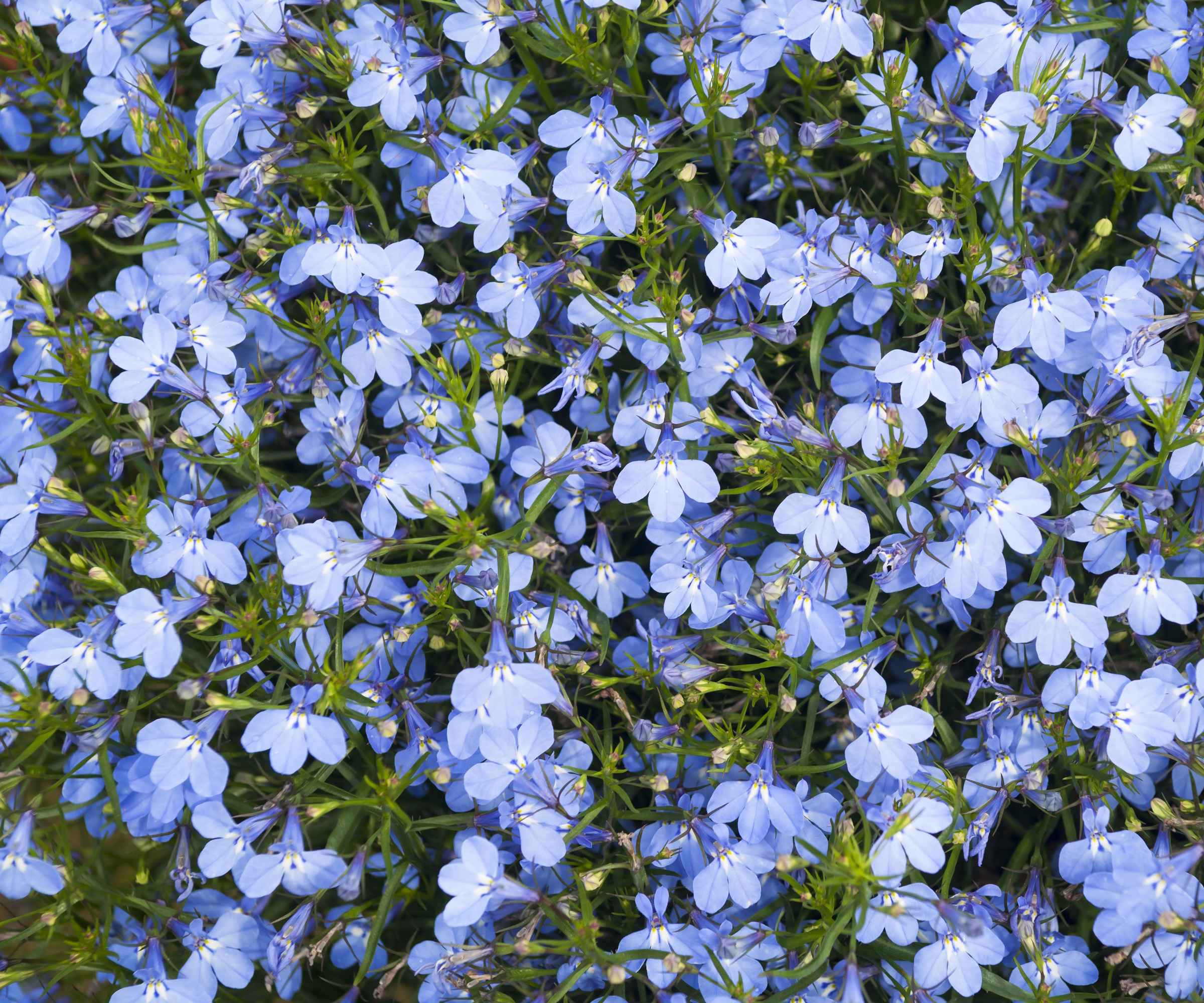
There are many annual and perennial types of lobelia, but Lobelia erinus is the most commonly sold as an annual in garden centers and nurseries. They can come in many different shades, including ones with unique blue flowers - like these 'Cambridge Blue' lobelia seeds available at True Leaf Market.
Annual lobelias tend to reach around 12 inches and are capable of flowering from spring through to fall. They are self-cleaning and will drop their blooms, so deadheading is not technically required.
However, sometimes the flowering lulls in summer with lobelia. Rather than deadheading, cutting the plant back can rejuvenate clumps; they will come back with a second flush of blooms.
6. Petunia - Supertunia Series
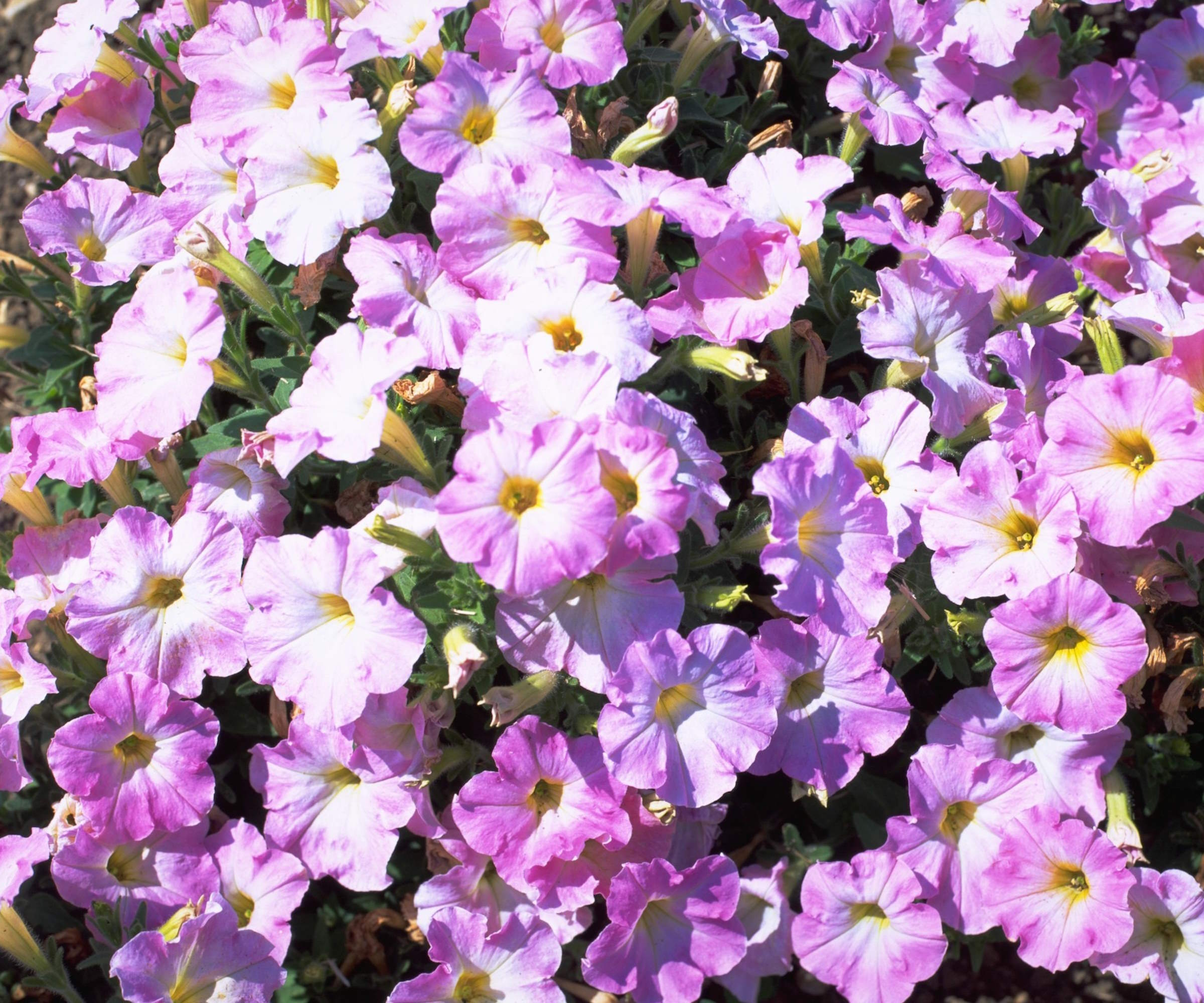
Petunias are hugely popular annuals that come in a plethora of color and sizes. You always had to deadhead petunias, and many types still need it, but there are now modern varieties and hybrids that don’t.
The ‘Supertunia’ series of petunias, for example, contains vigorous varieties in many bright shades that are self-cleaning. The plants can be purple, red, pink, orange, yellow, white, or even multicolored and are ideal for beds, pots, window boxes, or hanging baskets.
These petunias don’t require regular deadheading, yet have a long blooming period. It makes them ideal for any busy people who want to grow petunias in pots and have a glorious display without the need for heading out with pruning shears once or twice a week.
7. Zinnias - Profusion Series
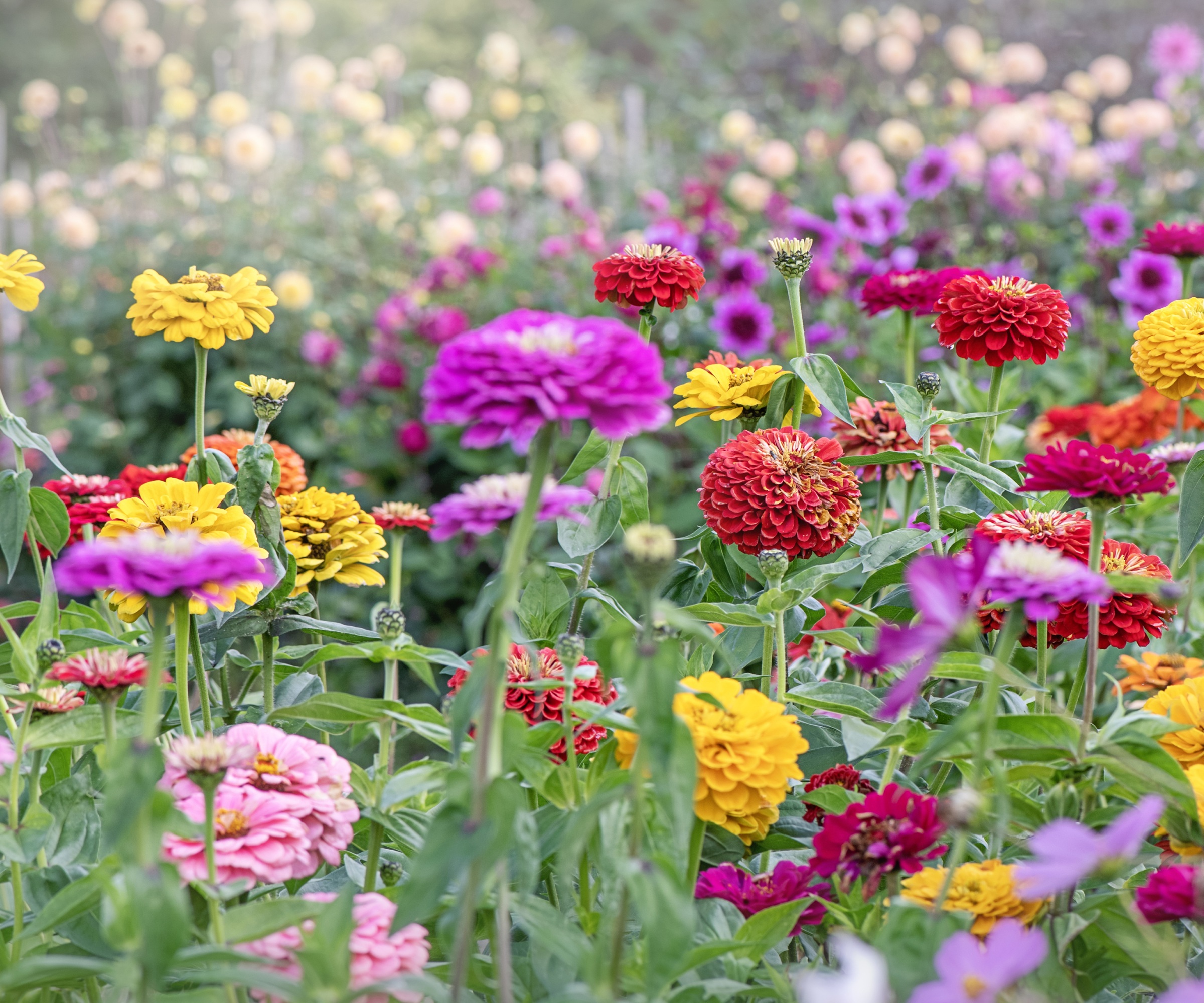
Growing zinnias is an annual pastime for many gardeners. They are low-maintenance, bright and colorful, and reliable bloomers, making them ideal for anyone from first-time growers to experienced hands.
New, modern zinnia varieties have removed the need to deadhead zinnias regularly to keep the plants flowering.
The ‘Profusion’ series of zinnias, for example, is self-cleaning and gives you the chance to grow bright, single flowers in beds and containers without the need for lots of maintenance. Plus, the ‘Profusion’ zinnias are resistant to powdery mildew, a common issue when growing zinnias.
Another self-cleaning option is the ‘Zahara’ series. These compact plants also require no regular deadheading to keep the zinnias blooming throughout summer and fall.
You may choose to deadhead, or not, lots of different plants. It is down to the gardener’s prerogative whether they want to, but there are some plants where it is better to leave fading flowers.
Whether it is for sculptural seed heads, decorative seed pods, or to allow for self-seeding so you get a new generation, there are reasons to keep the pruning shears away.
For inspiration, our guide to plants you should not deadhead has experienced horticulturists reveal their picks to leave alone.

Drew has worked as a writer since 2008 and was also a professional gardener for many years. As a trained horticulturist, he worked in prestigious historic gardens, including Hanbury Hall and the world-famous Hidcote Manor Garden. He also spent time as a specialist kitchen gardener at Soho Farmhouse and Netherby Hall, where he grew vegetables, fruit, herbs, and cut flowers for restaurants. Drew has written for numerous print and online publications and is an allotment holder and garden blogger. He is shortlisted for the Digital Gardening Writer of the Year at the 2025 Garden Media Guild Awards.
You must confirm your public display name before commenting
Please logout and then login again, you will then be prompted to enter your display name.
